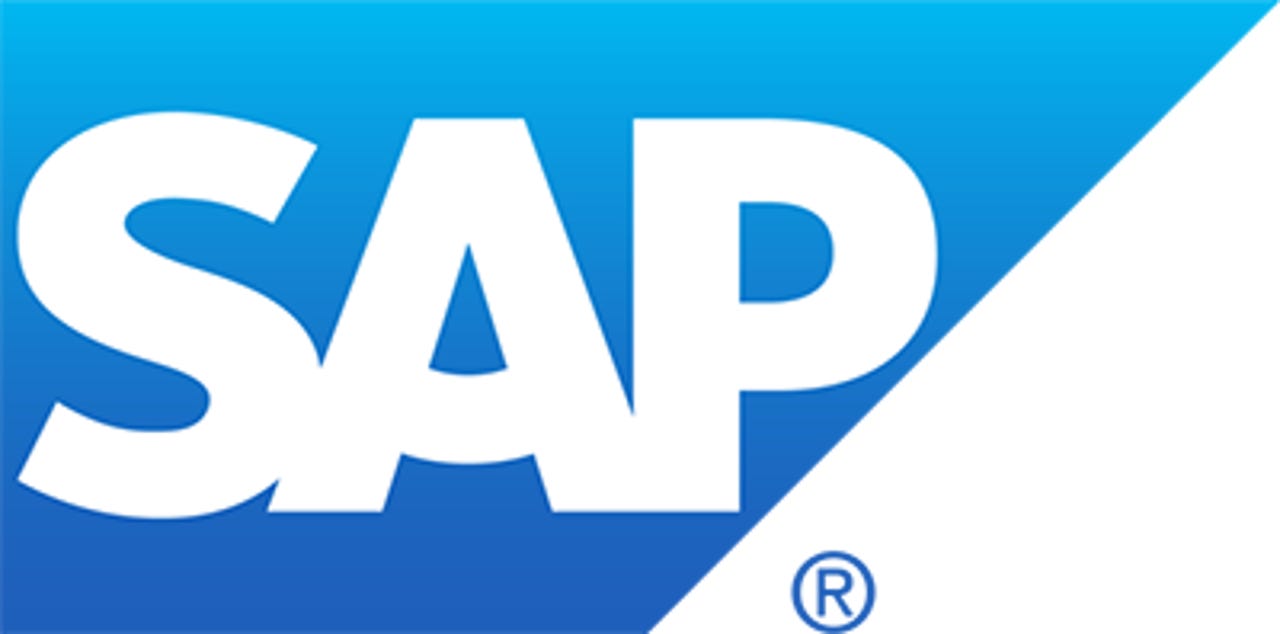Facebook LIVE with SAP's Millennial CIO: 'Customer satisfaction is a competitive advantage'

Discussions about digital transformation and the CIO role usually evolve toward one of two conclusions:

- CIOs are destined to become stewards of infrastructure, more or less disconnected from broader business strategy. Call this the doom and gloom case.
- Digital transformation has created a golden era of CIO opportunity, where IT can participate in the most strategic discussions facing his or her organization.
During several conversations with SAP's new CIO, Thomas Saueressig, fellow ZDNet columnist, Dion Hinchcliffe, and I explored these topics in some depth. Here is a video of one of those discussions, which was streamed live and entirely unscripted to Facebook:
Talking with Saueressig, one point becomes immediately apparent - his age. At 31, he is a Millennial and certain among the youngest Fortune 500 Chief Information Officers. At the same time, he has worked at SAP for 12 years, first as a CRM implementation consultant, then rotating through various positions that gave him an overview of how the interlocking pieces of SAP connect. For the last five years, Saueressig has worked in IT, building SAP's mobility center of excellence.
The conversation started with Saueressig presenting his view that the CIO must "understand the business in its entirety and have empathy for end-users." Techniques such as "shadowing users" and "shop rotations" can help IT understand how users engage with software.
Although I believe this view is precisely right, few CIOs have the luxury of Saueressig's training inside SAP. As a board assistant, he was exposed to company functions at the highest strategic level. Clearly, his basis as a CIO is grounded in the business. The lesson for CIO's: do whatever you must to understand business users and their goals; being a technologist alone is not sufficient.
The topic of culture was among the most interesting parts of our discussion. Here are paraphrased comments from Saueressig:
There is a lot to do culturally from a mindset perspective. Taking people with us as we ramp up the new journey, ensuring we have the right skill sets. Culture is a key topic for IT.
We have to be highly collaborative and work across all functions, including the CDO, CMO, CFO. IT is the glue that holds everything together, so we need to play a highly collaborative role. The CIO needs to take a leadership role while supporting the goals of other C-Suite colleagues. For example, the CMO may have specific goals around digital marketing, which the CIO must support with technology.
To drive closer engagement with the business, SAP has switched to an agile delivery model. By working closely with users, their needs become the starting point for IT activities. Accordingly, user adoption is a primary goal for Saueressig:
Great work in IT only comes to value when users adopt those solutions. At SAP, this means developing solutions that 78,000 people around the world will find sufficiently useful to adopt.
To increase adoption, Saueressig plans to follow the marketing model of personalization. Based on each employee's personal interests and technology (including platforms, tools, software, and devices), tailor technology distribution with targeted change management to meet the individual's specific needs.
We asked Saueressig about his metrics for success:
My most important KPI is customer satisfaction [among internal employees]. Happiness is a competitive advantage; if we have happy employees, they will make our customers happy. This is a direct correlation. We need to put employee productivity at the center of our activities. The key goal for every IT employee is customer satisfaction and put the user at the center. We want to excite them and inspire them.
The bottom line. In a world of digital transformation, collaboration is the core competence and foundation of modern IT. With collaboration, IT automatically becomes part of the business conversation. Without collaboration, IT becomes little more than a commodity supplier of technical goods and services.
SAP is a CXOTALK partner and paid most of my expenses for travel to SapphireNow 2016, where this discussion took place.